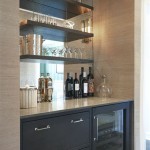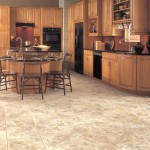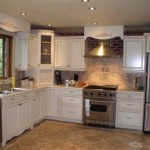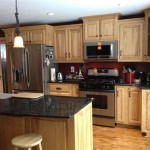The Ultimate Guide to Standard Width of Kitchen Counters
The kitchen is often considered the heart of the home, and the counter is a central feature that sets the tone for the space. Choosing the right counter width is crucial for both functionality and aesthetics, ensuring a comfortable and efficient cooking experience.
Standard kitchen counter widths vary depending on the purpose and design of the counter. Here are the most common options:
- Base Cabinets: 24 inches
- Wall Cabinets: 12 inches
- Peninsulas: 27-36 inches
- Islands: 36-42 inches
Factors to Consider When Choosing Counter Width
Choosing the right counter width is not a one-size-fits-all solution. Several factors need to be considered, including:
- Kitchen Size: Larger kitchens can accommodate wider counters, providing more space for meal preparation, entertaining, and storage.
- Countertop Material: Some materials, such as granite and quartz, require larger overhangs than others, which can affect the overall counter width.
- Work Style: If you're a frequent baker or cook large meals, you'll need a wider counter to provide ample workspace.
- Ergonomics: The counter should be high enough to allow for comfortable standing or sitting while working.
Benefits of Wider Counters
Wider counters offer several advantages:
- Increased Workspace: More counter space allows for more appliances, food prep, and storage, making cooking and entertaining easier.
- Improved Ergonomics: Wider counters reduce the need to reach or strain, promoting better posture and comfort.
- Enhanced Functionality: A wider countertop can accommodate larger sinks, cooktops, and other appliances, increasing the functionality of the kitchen.
- Aesthetic Appeal: Wider counters create a more spacious and luxurious look, adding to the overall beauty of the kitchen.
Drawbacks of Wider Counters
While wider counters offer advantages, they may also have some drawbacks:
- Increased Cost: Wider countertops typically require more material and labor, making them more expensive to install.
- Space Limitations: In smaller kitchens, wider counters can make the space feel cramped and cluttered.
- Overhang Considerations: Wider counters require larger overhangs, which can be hazardous if not properly supported.
Conclusion
Choosing the right counter width is essential for creating a functional and visually appealing kitchen. By considering the size of your kitchen, your work style, and the overall design, you can determine the optimal counter width for your needs. Wider counters offer numerous benefits, but it's important to weigh them against the potential drawbacks to make the best decision for your unique kitchen space.

Standard Kitchen Counter Depth Ehow Cabinet Dimensions Countertops

What Is The Standard Width Of A Kitchen Countertop Hunker Island Dimensions Outdoor Countertops

What Are The Perfect Kitchen Dimensions Amp Standard Size

3 Types Of Kitchen Cabinets Sizes Dimensions Guide Guilin
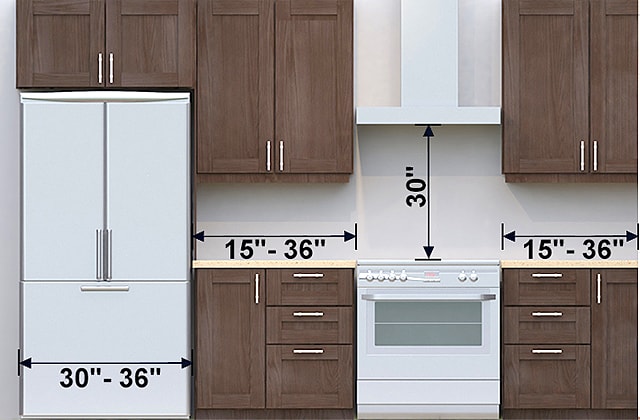
Your Kitchen Renovation Measured For Perfection Rona

Kitchen Cabinet Sizes What Are Standard Dimensions Of Cabinets

Kitchen Dimensions Useful Design Measurements Cabinet Sizes Cabinets

Standard Kitchen Measurements

Kitchen Ergonomics And Height Of Your Marble Countertop

Standard Kitchen Dimensions For Your Designcafe
Related Posts



